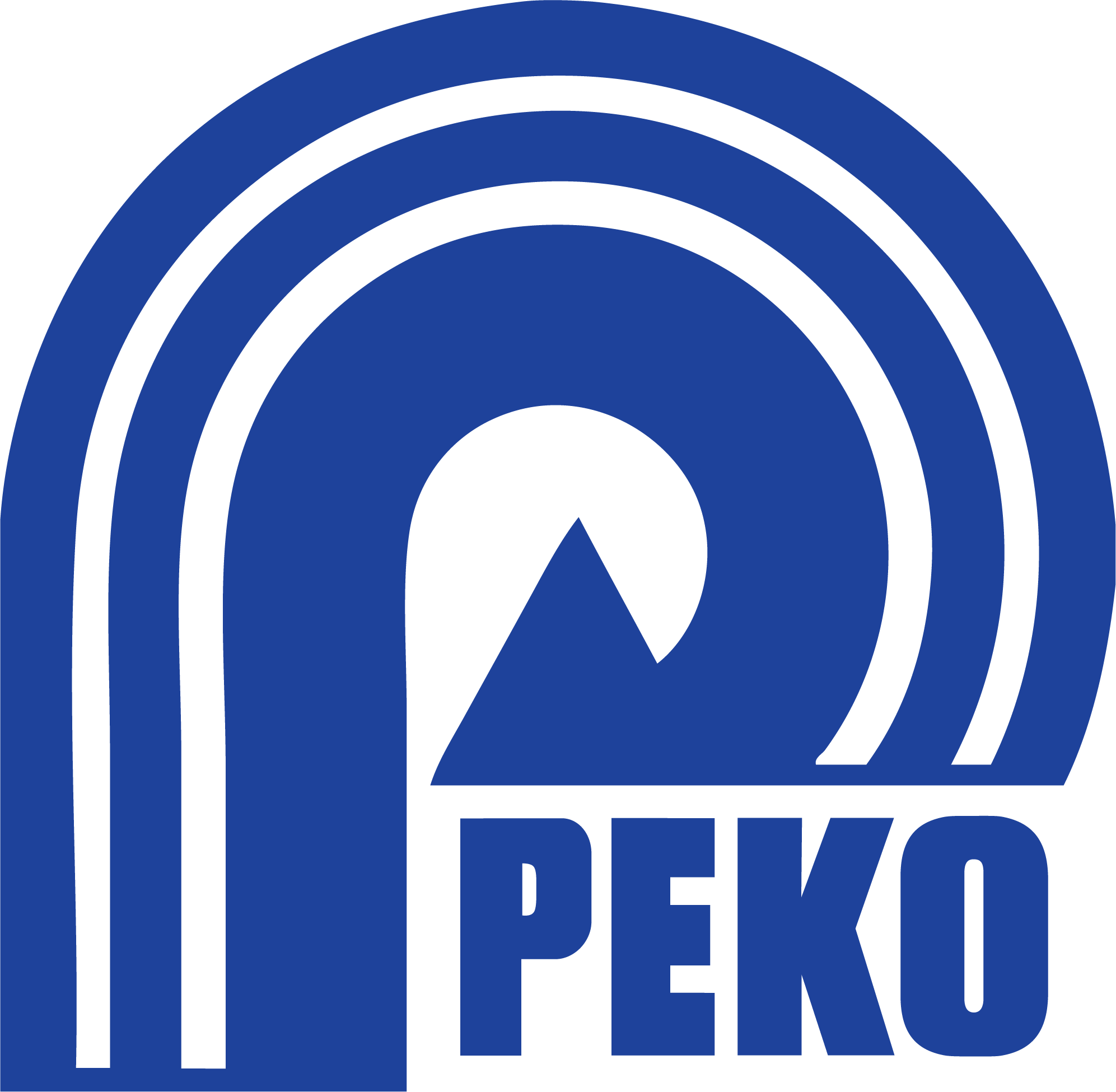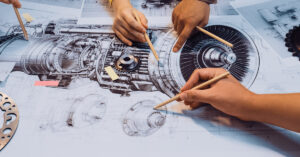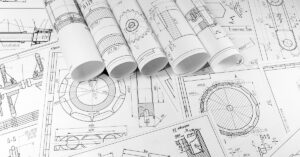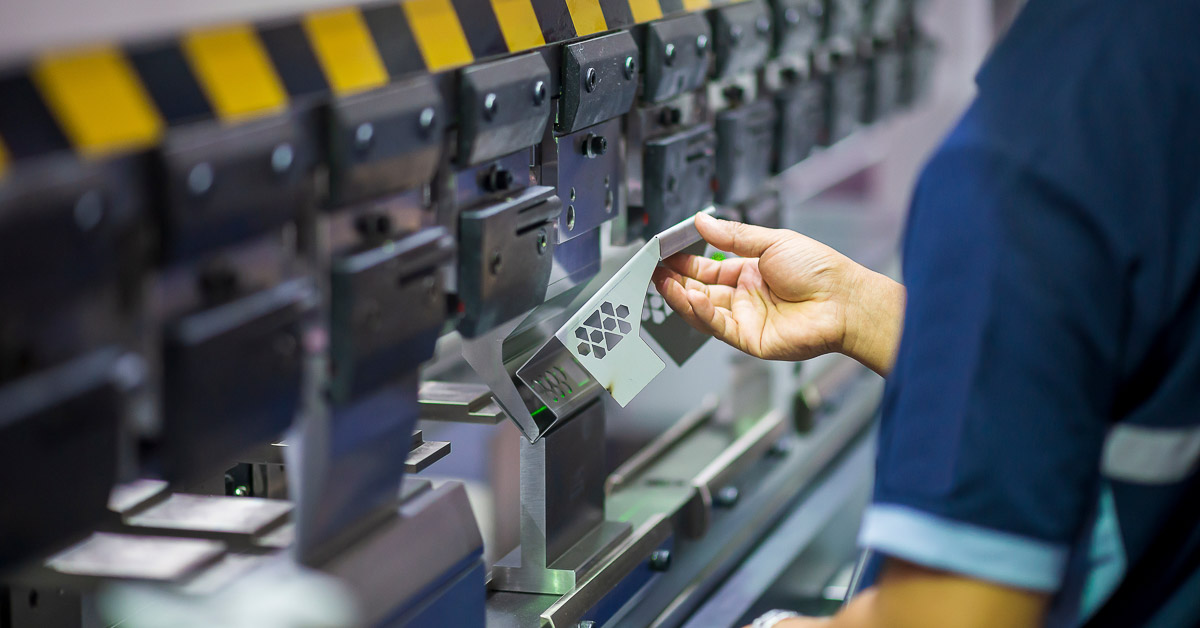
Selecting the correct sheet metal fabrication process is one of the most important decisions in manufacturing. Each process—cutting, bending, forming, joining, and finishing—affects not only part geometry but also cost, lead time, and long-term reliability. The choice of process impacts dimensional accuracy, mechanical properties, and production efficiency.
This guide explains the primary fabrication methods, compares their advantages and limitations, and provides a step-by-step flowchart to help you make the right choice for your project.
Core Sheet Metal Fabrication Processes
Cutting
Cutting is typically the first stage in fabrication, removing excess material to create the base shape.
- Shearing – Efficient for straight-line cuts; best for large runs of rectangular parts.
- Laser cutting – Provides tight tolerances (±0.005 in.), smooth edges, and minimal heat-affected zones; ideal for prototypes and intricate profiles.
- Plasma cutting – Handles thick sections at low cost, though with wider kerf width and more thermal distortion.
- Punching and blanking – High-speed stamping processes; excellent for repetitive shapes in high-volume production.
Bending
- Press brake bending – Offers precision in angular bends and accommodates multiple part geometries.
- Roll bending – Produces cylinders and large-radius arcs.
- Rotary draw bending – Commonly used in tubular components and structural applications.
Key considerations include bend allowance, springback, and minimum bend radius to prevent cracking.
Forming
Forming reshapes sheet metal into complex geometries through controlled deformation.
- Deep drawing – Creates seamless cups and shells.
- Stretch forming – Distributes strain for large contoured panels.
- Spinning – Produces symmetrical parts like cones and domes.
- Hydroforming / superplastic forming – Used in aerospace and automotive for complex, lightweight components.
Joining
Assembly processes must balance strength, serviceability, and cost:
- Welding (MIG, TIG, resistance spot) – Permanent, high-strength joints.
- Riveting – Mechanical fastening; common in aerospace for vibration resistance.
- Adhesive bonding – Effective for joining dissimilar materials while minimizing added weight.
- Brazing/soldering – Preferred for thin materials and dissimilar metals.
Bending reshapes flat sheet into angles, flanges, or curves without altering thickness.
Finishing
Finishing improves both durability and aesthetics:
- Powder coating – Adds corrosion and wear resistance.
- Anodizing – Enhances aluminum’s natural oxide layer for hardness and corrosion protection.
- Electroplating, painting, polishing – Offer decorative and functional benefits.
The Role of Material in Fabrication
The selected material directly affects the sheet metal fabrication process and overall manufacturing path:
- Stainless steel – Corrosion resistant but requires higher forming force and careful weld selection.
- Aluminum alloys – Lightweight and ductile, but prone to springback during bending.
- High-strength steels – Offer excellent performance but demand higher press tonnage.
- Copper and brass – Conductive but require lubrication to prevent galling during forming.
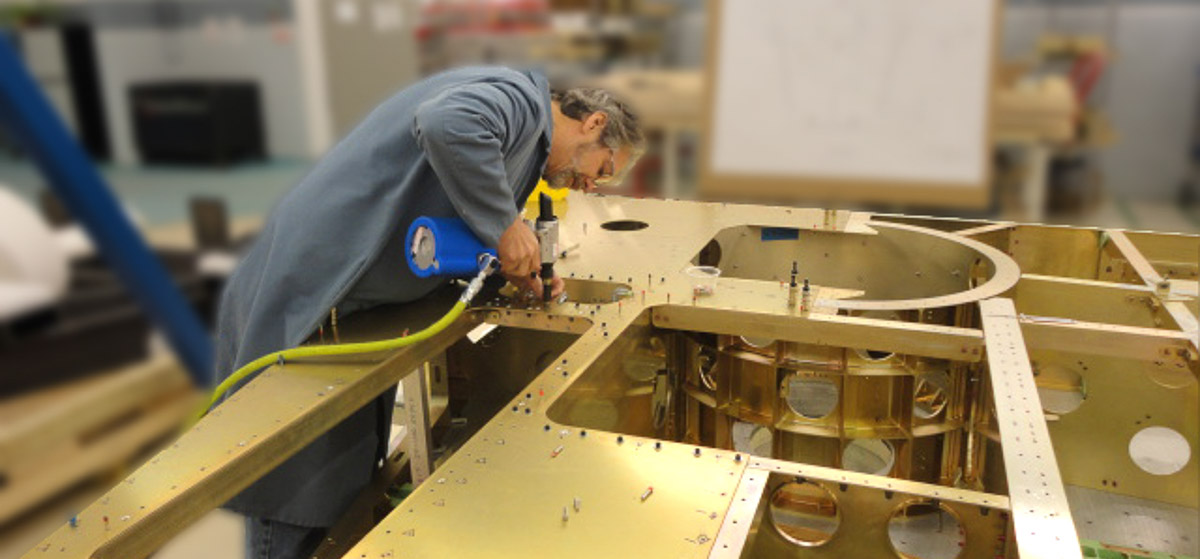 Thickness and gauge impact tonnage requirements, tool wear, and achievable tolerances.
Thickness and gauge impact tonnage requirements, tool wear, and achievable tolerances.
Precision, Tolerances, and GD&T
Tolerances ensure components fit and function properly.
- Laser cutting – ±0.005 in. precision, excellent for intricate parts.
- Stamping – Economical at high volumes, but tolerances depend on die condition and clearance.
- Bending – Achievable tolerances are typically within ±1° to 2° depending on tooling setup.
Geometric Dimensioning and Tolerancing (GD&T) provides a standardized system for controlling flatness, position, and concentricity, ensuring consistent quality across suppliers.
Sheet Metal Fabrication Processes Comparison
| Process | Typical Tolerances | Precision Level | Relative Cost | Best Applications |
|---|---|---|---|---|
| Laser Cutting | ±0.005 in. (0.13 mm) | Very High | Medium | Intricate designs, prototypes, tight tolerance parts |
| Shearing | ±0.015 in. (0.38 mm) | Moderate | Low | Straight cuts, large sheet runs, structural parts |
| Plasma Cutting | ±0.02 in. (0.5 mm) | Moderate | Low–Medium | Heavy plate cutting, industrial machinery |
| Punching / Blanking | ±0.01 in. (0.25 mm) | High (repetitive) | Low (in volume) | High-volume production, stamped parts |
| Press Brake Bending | ±1°–2° angle variation | High | Medium | Brackets, enclosures, angular profiles |
| Roll Bending | Radius-dependent | Moderate | Medium | Cylinders, tubes, conical parts |
| Deep Drawing | ±0.01–0.02 in. (0.25–0.5 mm) | High | High (tooling cost) | Cups, shells, housings |
| Hydroforming | ±0.005–0.01 in. | Very High | High | Aerospace and automotive panels |
| Welding (MIG/TIG/Spot) | Joint-dependent | High | Medium–High | Structural assemblies, permanent joints |
| Riveting | ±0.015 in. hole alignment | Moderate | Medium | Aerospace and serviceable joints |
| Adhesive Bonding | Application-specific | Moderate | Low–Medium | Dissimilar materials, lightweight assemblies |
| Powder Coating / Anodizing | N/A | Enhances durability | Medium | Corrosion resistance, aesthetics |
Decision Flowchart for Selecting the Right Sheet Metal Fabrication Process
- Step 1 – Define Material
- Thin aluminum or stainless steel → Proceed to precision check
- Thicker steels / structural material → Favor plasma cutting or shearing
- Step 2 – Identify Design Complexity
- Simple shapes → Shearing, punching, or stamping
- Complex profiles → Laser cutting, hydroforming, or CNC bending
- Step 3 – Determine Precision & Tolerance Needs
- Tight tolerances (±0.005 in. or better) → Laser cutting, CNC bending, hydroforming
- Moderate tolerances (±0.015–0.02 in.) → Shearing, stamping, plasma cutting
- Step 4 – Consider Production Volume
- Low volume / prototypes → Laser cutting + press brake bending
- Medium volume → CNC punching, forming dies
- High volume → Progressive stamping, roll forming, deep drawing
- Step 5 – Choose Assembly Method
- Permanent joint → Welding (MIG, TIG, spot)
- Serviceable joint → Riveting or mechanical fasteners
- Hybrid/dissimilar materials → Adhesive bonding
- Step 6 – Specify Finishing Requirements
- Outdoor/corrosive exposure → Powder coating, anodizing, plating
- Indoor/aesthetic focus → Painting, brushing, polishing
➡ Final Recommendation: Select the sheet metal fabrication process that balances material, tolerances, production scale, and finishing to optimize cost, precision, and durability.
Aligning Your Sheet Metal Fabrication Process with Your Project Needs
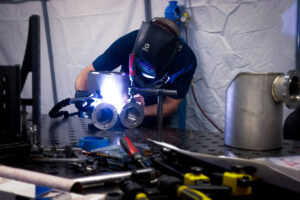
Choosing the right sheet metal fabrication process requires balancing design requirements, material behavior, production economics, and finishing needs. By applying standards for cutting, bending, forming, joining, and finishing—and aligning them with tolerance and volume requirements—manufacturers can:
- Ensure consistent quality and compliance with engineering standards
- Optimize cost and reduce waste
- Improve durability and performance in end-use applications
An experienced precision manufacturer like PEKO can help guide this decision, ensuring every stage—from raw material to finished component—is optimized for both performance and value. To keep your project on track, download our quick guide to selecting a sheet metal & welding fabricator by filling out the form below.
